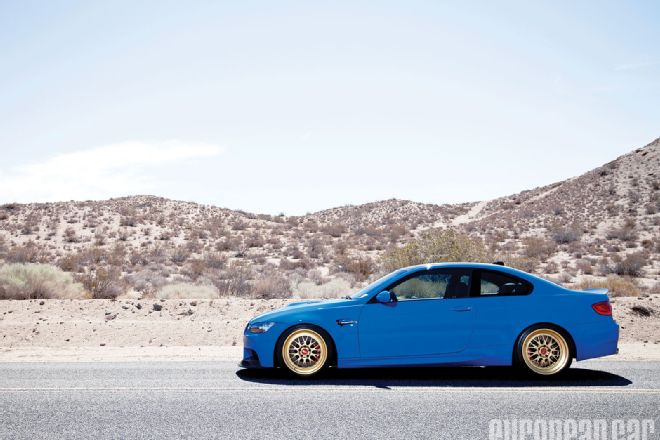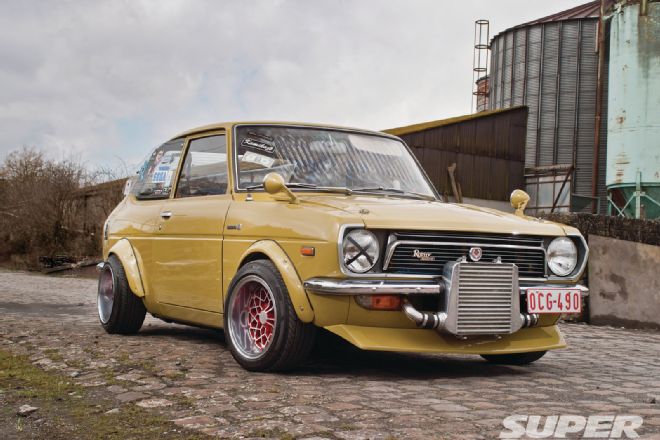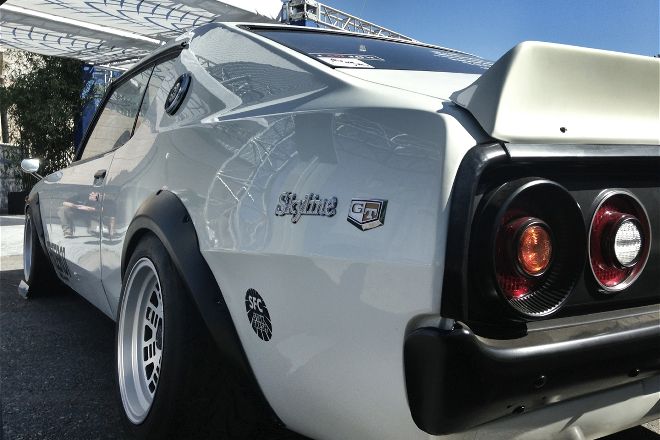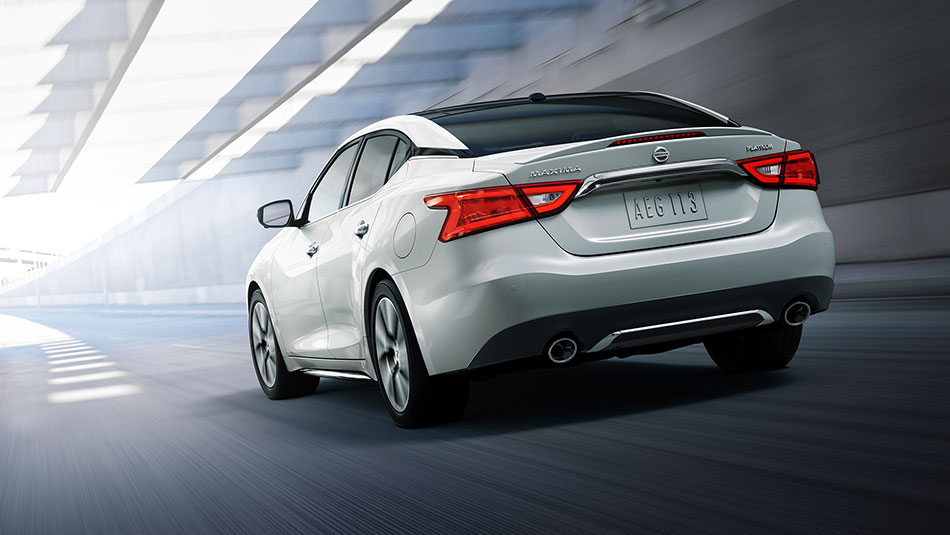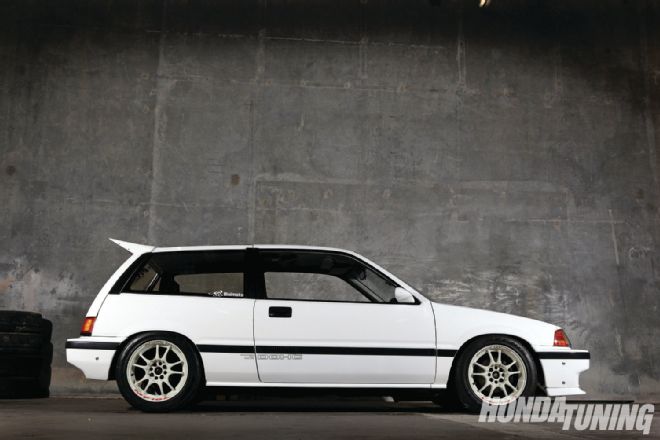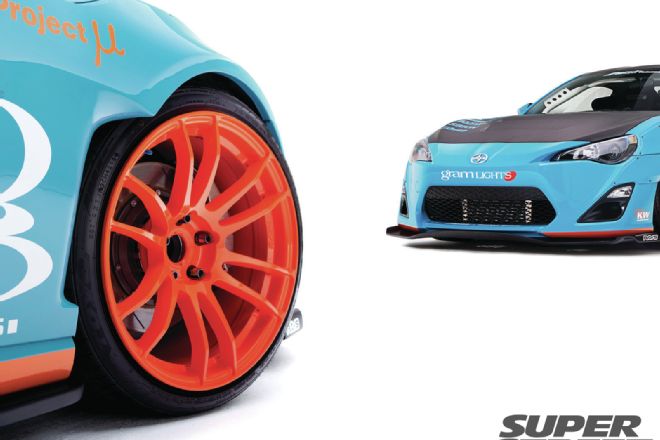Matthew Stellas is M obsessed. He runs his own blog at mfatuation.blogspot.com, chronicling his love for M cars and serving as an outlet for his automotive passion. While anybody can admit that, at the same time or another, they’ve loved an M3, Matthew’s story is pretty unique.
Residing on the New Jersey coast in Barnegat Bay, Matthew’s house has a ocean view in a quiet bay community. Unfortunately, this placed him in the direct line of superstorm Hurricane Sandy. So on October2012 and 25, many lives, neighborhoods and homes were destroyed. And on the list of devastation was the loss of Matthew’s pair of BMW M3s: a ’99 Estoril Blue E36 and a ’11 Alpine White E92.
Both cars were a total loss, forcing Matthew to consider other options. After experiencing and enjoying the crushing torque of the Nissan GT-R twin-turbo, I didn’t think I was able to return to BMW in the foreseeable future, he said. Finally arrived at the realization that neither was right for me, although I was taking into consideration the GT-R or possibly a 997 Porsche Turbo. I made the decision that a force-fed S65B40 [M3 V8] will beWith that epiphany, Matthew bought his E36 back from the insurance company to revive it, but ordered a 2013 M3 in Santorini Blue from BMW Individual with European delivery.
The special blue paint is both stunning and rare. So, rare, in fact, that Matthew’s M3 is just one of only nine coupes in the united states. Pulls off the hue with class, particularly when paired with painted and anodized gold BBS Motorsport E88 wheels, despite the fact that it’s loud. It also provides the right stance thanks to a KW Sleeve-over Kit that mixes height-adjustable lowering springs with the stock M3 dampers. The truth is, this might be just about the most beautiful E92 M3s we’ve encountered.
The performance and wheels parts were all supplied by Eric Nareshni at Supreme Power Parts (SPP) in Placentia, CA. He also sourced the carbon fiber Vorsteiner GTS-V front splitter and Type II rear diffuser plus a BMW M Performance carbon front spoiler (which had been given a Santorini stripe by IND Distribution),
Some ten years ago, Eric supplied parts to Matthew for any previous car and the pair have worked on projects ever since. So, eric also ordered gloss-black hood vents, kidney grilles, side gills and painted reflector deletes from IND Distribution to complete the exterior makeover.If it could possibly pack enough muscle to backup its brutal looks, after a few moments travelling this stunning car, you begin to wonder. And that’s where things get interesting.
A company called Harrop produces supercharger kits using Eaton Twin Vortices Series (TVS) superchargers, as seen on cars much like the Corvette ZR1 and Audi S4 3.0T. Operating out of Australia, the Harrop systems are far removed from what you’ve seen before in E9X M3 engine bays.
While Roots-type blowers were used on older BMW models, all the competitors are currently using centrifugal superchargers such as Vortech or Rotrex units in the M3’s 4.0L V8.
The centrifugal units work by building boost with engine speed, providing a big power increase in a linear fashion that mimics the stock engine character. Whereas a Roots-style, positive displacement supercharger has the chance of instantaneous, tire-shredding torque. This can give the M3 V8 a characteristic it never had before: low-end grunt. And the torque can be obtained throughout the power band.
Contacting Harrop, Eric decided to be one of the first to setup the new blower system with an E92 M3. And knowing Matthew wanted forced induction, he proposed they build this unique machine. So, after reaching a binding agreement, Matt’s car was the 1st M3 in the world to run the Harrop kit.
Like any new power-adder, tuning is crucial and this system still needs fine-tuning for US temperatures and fuel. But even in its unfinished state, we will tell youstart of torque, associated with near-silent operation, brings uneasiness in the pit of your stomach. You know something incredible is going to happen however, you dare not unleash it… yet!
With more torque, lower in the powerband in comparison to the competition, though once Harrop has finalized the tune, Matthew’s car is expected to create competitive horsepower numbers. The coming months will tell so we hope to have dyno numbers very soon.
Once performing and tuned to its full potential, Matthew’s M3 is ready to go and quit. A full Brembo GT kit shines from behind the 19 BBS. The set-up utilized six-piston monoblock front calipers and four-piston rears with 380mm drilled rotors all round.
Inside, Matthew made a decision to keep things simple. I adore the stock seats but I’m tempted to try Recaros in there, he told us. But for now, all he added was a flat-bottomed BMW M Performance controls – another modification we are able to get behind.
With only 900 miles on the clock, Matthew is excited to ship his M3 back to the Jersey Shore so he can finally enjoy his creation. Stay tuned for updates on power burnouts and figures!
